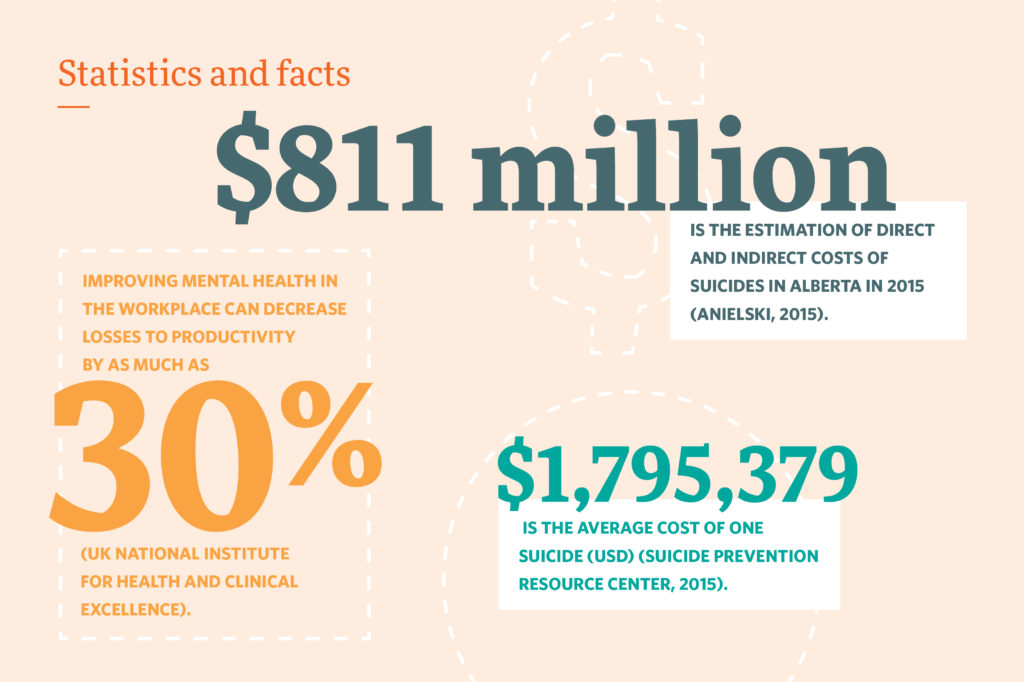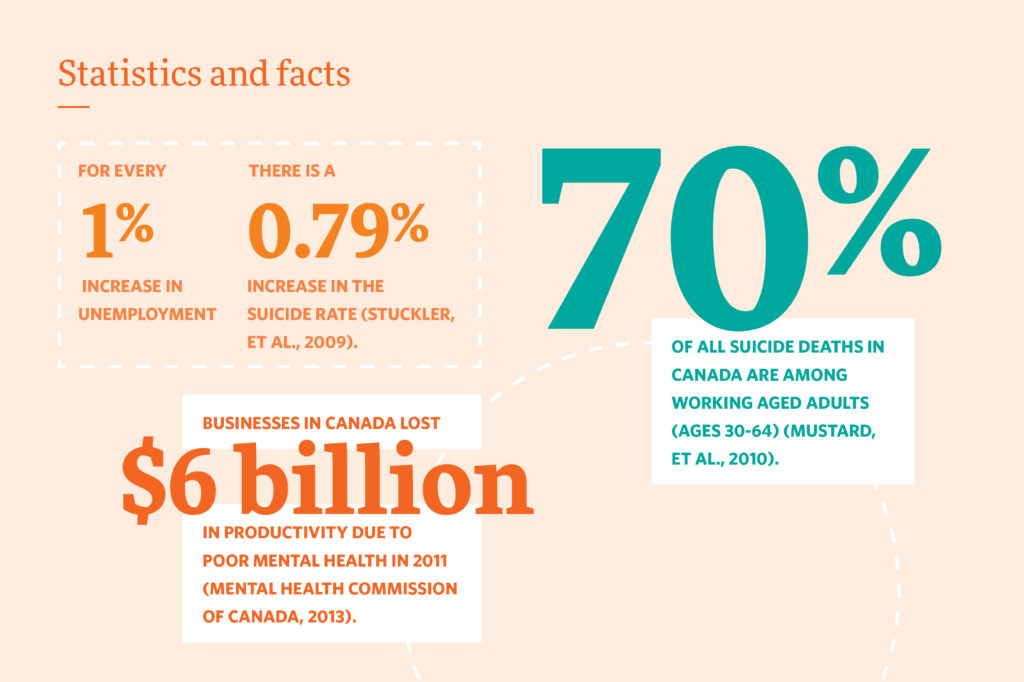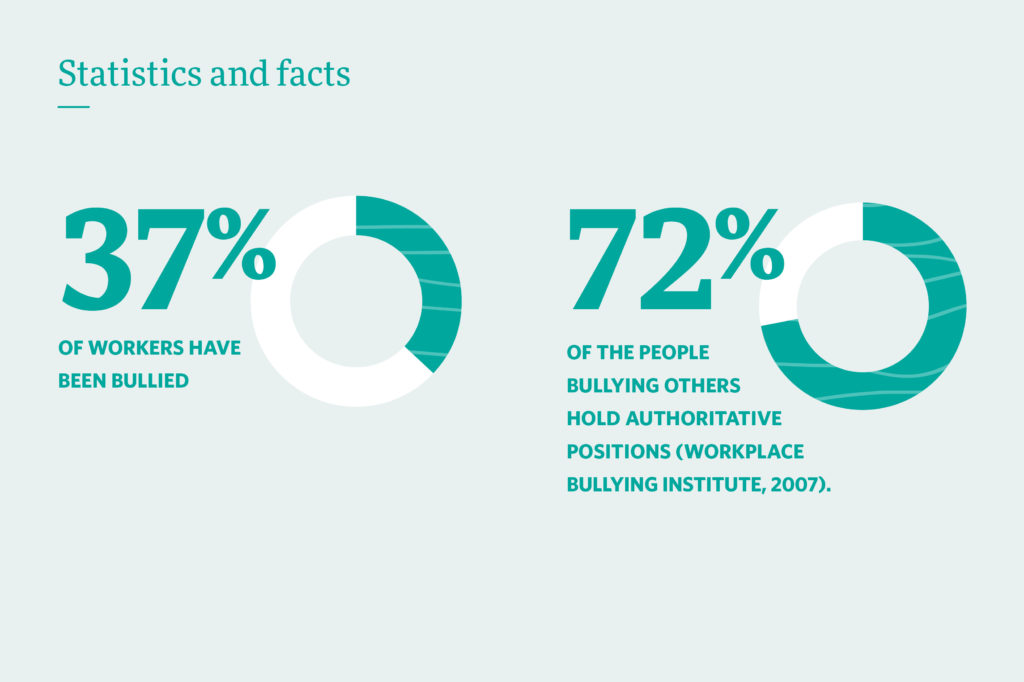Advertisement
488 overdose deaths in B.C. so far this year; nearly double last year's figures
 Volunteers treat a person suspected of having an overdose in Vancouver, B.C.
Volunteers treat a person suspected of having an overdose in Vancouver, B.C. Linda Givetash, The Canadian Press
Published Wednesday, May 31, 2017 2:16PM EDT
Last Updated Wednesday, May 31, 2017 6:34PM EDT
VANCOUVER -- The death toll from drug overdoses is still rising in
British Columbia but the chief coroner says the count would be higher if
it weren't for harm prevention measures.
The coroner's service said Wednesday there were 136 suspected overdose deaths in April.
Chief coroner Lisa Lapointe said with the number of overdose deaths at 488 so far this year, the province is on track for about 1,500 deaths in 2017, far higher than the 931 who died last year.
But she said that figure could have been as high as 5,000 deaths if prevention measures weren't taken.
The provincial government declared a public health emergency last year, prompting wider distribution of the overdose-reversal drug naloxone to the public and emergency workers. It also established almost two dozen safe consumption sites across the province.
"We know from our ambulance partners and our emergency room health-care providers that they're seeing hundreds and hundreds of people coming through, reversing the effects of overdose," Lapointe said.
Still, at an average of 4.5 deaths per day in April, the figure was almost double the number of deaths in the same month last year.
More than half of the deaths were in private homes, which Lapointe said signals many drug users are not using safe consumption sites.
B.C.'s provincial health officer, Dr. Perry Kendall, said those dying
at home are not stereotypical drug users, but professionals and parents
afraid to make their addiction known.
"There's a degree of stigma around dependence or use of illicit drugs, which I think prevents those people from wanting anyone else to know that they're using," he said. "It's really significant that only 10 per cent of observed overdose deaths actually happened in a public place or on the street."
While overdoses remain rampant in communities known for higher rates of addiction, Lapointe said recreational drug users are in significant danger.
"What it's starting to look like now is the people more at risk are the casual users, people who might just use on weekends or with their friends and they're opioid naive," she said.
Regular drug users are increasingly aware of the risk of powerful synthetic opioids such as fentanyl or carfentanil being present in drugs and are using safe consumption sites or taking drugs in the presence of someone with naloxone, Lapointe said.
The challenge is getting the message out to recreational users that "in B.C. right now, all illicit drugs are likely contaminated," she said.
Lapointe urged users to first take a smaller dose to limit the effects of a potent batch and to have someone nearby who can call 911.
The synthetic opioid fentanyl has been attributed to nearly 45 per cent of drug deaths for 2015-16.
Lapointe said the most recent figures suggest fentanyl is involved in about 60 per cent of deaths, and victims are found with fentanyl and cocaine in their systems most commonly.
Victims are also found having taken heroin or methamphetamine with fentanyl and Lapointe said those using MDMA on the street are also at risk of exposure to synthetic opioids.
Men account for over 80 per cent of the deaths this year in B.C., and more than half the deaths involved people aged 30 to 49.
Kendall said the rise in deaths mean more addictions treatment options including access to hydromorphone and prescription heroin therapies are needed.
More than 100 deaths this year happened outside urban centres, which Kendall said shows a need to expand services to rural communities.
"We have the opportunity of getting ahead of this, but I think we need to put a renewed focus on a really broad-based response," he said.
The coroner's service said Wednesday there were 136 suspected overdose deaths in April.
Chief coroner Lisa Lapointe said with the number of overdose deaths at 488 so far this year, the province is on track for about 1,500 deaths in 2017, far higher than the 931 who died last year.
The provincial government declared a public health emergency last year, prompting wider distribution of the overdose-reversal drug naloxone to the public and emergency workers. It also established almost two dozen safe consumption sites across the province.
"We know from our ambulance partners and our emergency room health-care providers that they're seeing hundreds and hundreds of people coming through, reversing the effects of overdose," Lapointe said.
Still, at an average of 4.5 deaths per day in April, the figure was almost double the number of deaths in the same month last year.
More than half of the deaths were in private homes, which Lapointe said signals many drug users are not using safe consumption sites.
ADVERTISEMENT
"There's a degree of stigma around dependence or use of illicit drugs, which I think prevents those people from wanting anyone else to know that they're using," he said. "It's really significant that only 10 per cent of observed overdose deaths actually happened in a public place or on the street."
While overdoses remain rampant in communities known for higher rates of addiction, Lapointe said recreational drug users are in significant danger.
"What it's starting to look like now is the people more at risk are the casual users, people who might just use on weekends or with their friends and they're opioid naive," she said.
Regular drug users are increasingly aware of the risk of powerful synthetic opioids such as fentanyl or carfentanil being present in drugs and are using safe consumption sites or taking drugs in the presence of someone with naloxone, Lapointe said.
The challenge is getting the message out to recreational users that "in B.C. right now, all illicit drugs are likely contaminated," she said.
Lapointe urged users to first take a smaller dose to limit the effects of a potent batch and to have someone nearby who can call 911.
The synthetic opioid fentanyl has been attributed to nearly 45 per cent of drug deaths for 2015-16.
Lapointe said the most recent figures suggest fentanyl is involved in about 60 per cent of deaths, and victims are found with fentanyl and cocaine in their systems most commonly.
Victims are also found having taken heroin or methamphetamine with fentanyl and Lapointe said those using MDMA on the street are also at risk of exposure to synthetic opioids.
Men account for over 80 per cent of the deaths this year in B.C., and more than half the deaths involved people aged 30 to 49.
Kendall said the rise in deaths mean more addictions treatment options including access to hydromorphone and prescription heroin therapies are needed.
More than 100 deaths this year happened outside urban centres, which Kendall said shows a need to expand services to rural communities.
"We have the opportunity of getting ahead of this, but I think we need to put a renewed focus on a really broad-based response," he said.














